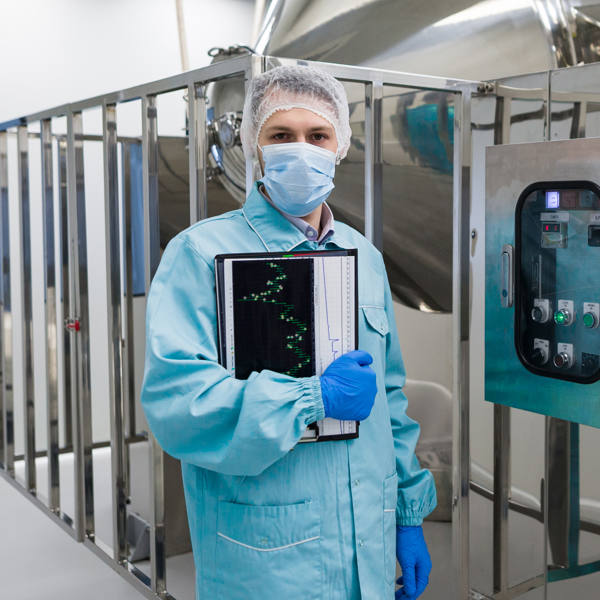What Are Low-Temperature Testing Chambers?
Low-temperature test chambers are environmental testing tools that simulate extreme cold conditions (generally from -40°C to -150°C) to evaluate how products perform in sub-zero temperatures. Cryogenic testing chambers are specifically designed to reach and maintain extremely low temperatures, often down to -196°C or lower.
Integrated with temperature control and insulation systems, a stable and uniform environment is created, enabling simulation and verification of product performance and reliability.
Cryogenic Testing Chamber Applications
Cryogenic test chambers play a vital role across industries by simulating ultra-low temperatures to evaluate how materials and systems perform under extreme conditions. From aerospace to biotech, these chambers help ensure reliability, safety, and innovation in environments where failure is not an option.
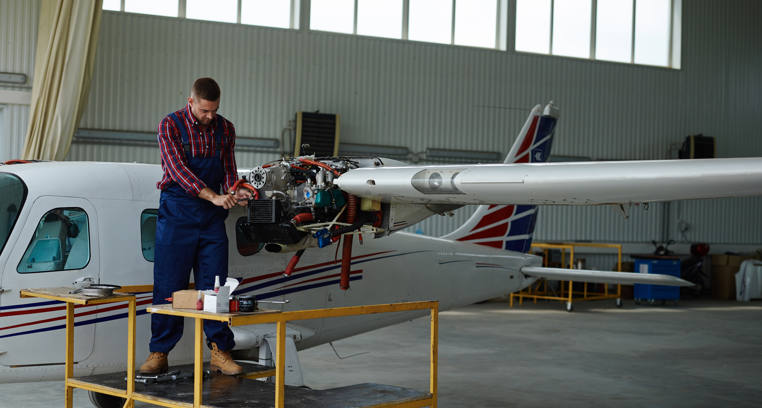
Aerospace
These chambers replicate the harsh, cryogenic conditions of space to test aerospace materials, electronic systems, and sensors, ensuring they function reliably in orbit or high-altitude environments.
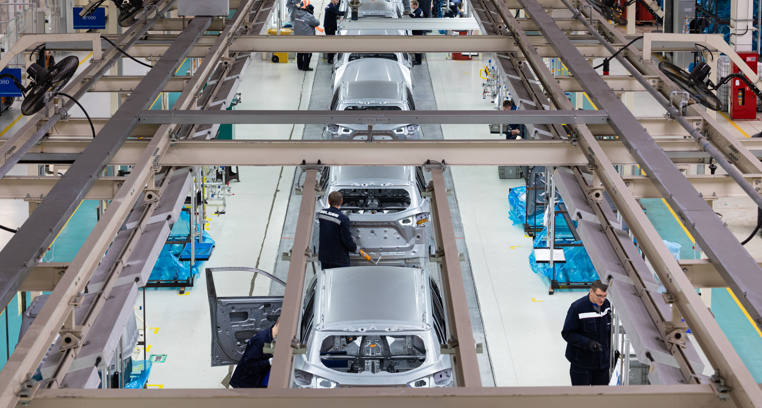
Automotive
Components such as rubber seals, metal parts, and electronic systems are exposed to sub-zero temperatures to evaluate their brittleness, flexibility, and operational integrity in cold climates.
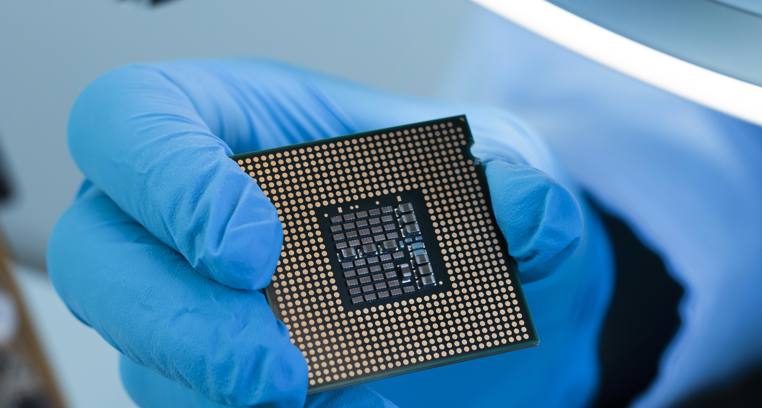
Electronics & Semiconductors
Chips, batteries, and circuit boards are tested for thermal stability and performance under ultra-low temperatures, which is critical for devices used in extreme environments.
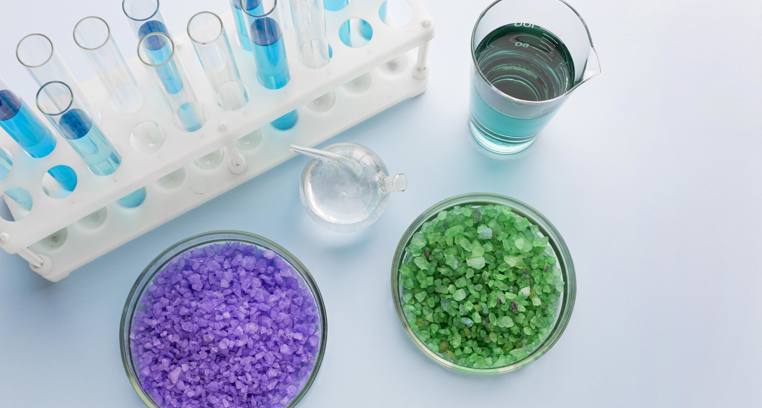
Materials Science
Researchers use these chambers to study the low-temperature toughness of metals, the behavior of polymers, and the properties of superconducting materials, aiding in the development of advanced materials.These applications often require the coldest of cryogenic conditions.
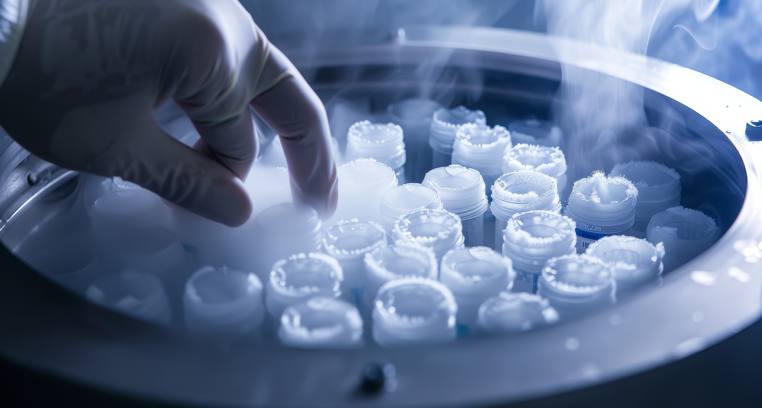
Pharmaceutical & Biotechnology
Cryogenic chambers help preserve biological samples and test the stability of drugs and compounds under freezing conditions.
Liquid Nitrogen Use in Ultra-Low Temperature Testing Chambers
Ultra-low temperature chambers use various cooling methods depending on the required temperature range. For moderately low temperatures, mechanical refrigeration may be combined with liquid nitrogen.
In cryogenic applications, liquid nitrogen is used more intensively (via direct injection and indirect heat exchange) to achieve and maintain temperatures as low as -196°C.
Compared to traditional mechanical systems, liquid nitrogen enables much faster cooling, reducing test cycle times and improving efficiency. Its ability to reach extreme temperatures makes it a highly effective and economical solution for cryogenic testing.
Pairing liquid nitrogen generators with ultra-low temperature chambers ensures consistent performance. Using pressure swing adsorption (PSA) technology, these generators produce high-purity LN₂ directly from ambient air, providing a reliable and cost-efficient cooling source. Integrated control systems allow for precise temperature regulation, ensuring stable cryogenic conditions throughout testing.
Best Practices for Liquid Nitrogen Use in Low-Temp Testing
- Safety: Always wear PPE (gloves, face shield), ensure good ventilation, and use trained personnel only.
- Storage & Handling: Use certified dewars, avoid sealed containers, and transfer with proper equipment.
- System Control: Use automated injection and monitoring systems for stable, uniform cooling.
- Efficiency: Optimize nitrogen flow, use PSA generators to reduce boil-off loss, and ensure good insulation.
- Maintenance: Regularly inspect and calibrate equipment to maintain performance and safety.
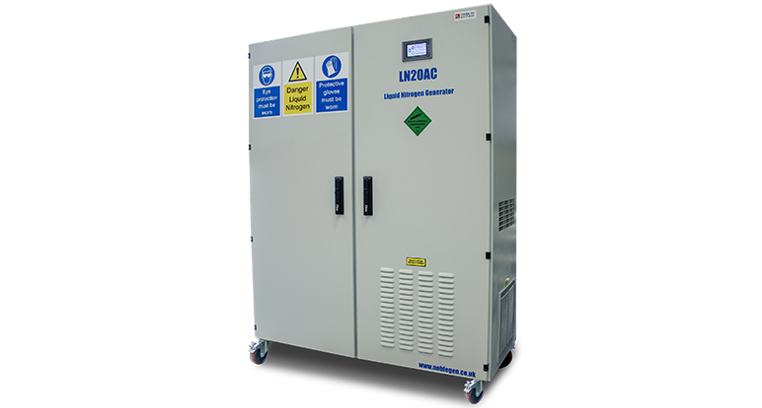
Why Choose On-Site LN2 Generation?
Traditionally, laboratories and manufacturing facilities have relied on bulk LN2 deliveries, but on-site nitrogen generators are increasingly being adopted. On-site generators offer a more efficient solution converting ambient air into high-purity liquid nitrogen. Key advantages include:
- Continuous Supply: Ensures uninterrupted access to LN₂, especially critical for high-throughput testing environments.
- Safety & Control: Reduces handling risks and allows for precise control over production and usage.
- Sustainability: Minimizes transportation emissions and improves resource efficiency.
- Cost Savings: Eliminates delivery fees and reduces long-term operational costs.
Did you know that boil-off losses during bulk storage and transport can reach 20–30%? Read more about the hidden costs of tanker deliveries here.
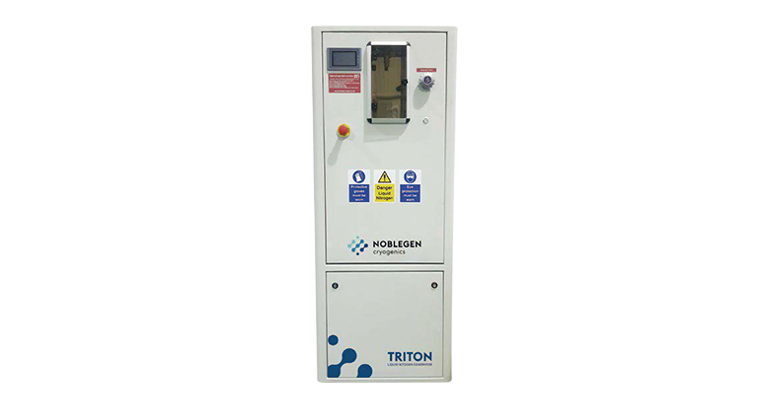
Which Nitrogen Generator Is Right For Me?
Noblegen offers three nitrogen generator ranges tailored to different flow requirements: the Triton (LN10/LN20) for compact needs, the Callisto range for mid-level supply (20-60 l/day), and the Titan series for high-demand environments (120–800 l/day).
These generators deliver high-purity LN2 reliably and efficiently, making them ideal for cryogenic test chambers where consistent ultra-low temperatures are critical for accurate testing across aerospace, automotive, electronics, and biotech sectors.
Conclusion
Cryogenic and low temperature testing plays a critical role in advancing technology across industries, from aerospace and automotive, from biotech to electronics.
With Noblegen’s reliable nitrogen generators, you can ensure consistent, ultra-low temperatures that meet the demands of precision testing. If you're a user of these systems or have customers who are operating within these sectors, share your feedback and get in touch with our team of cryogenic experts to discuss how on-site generation can help.


